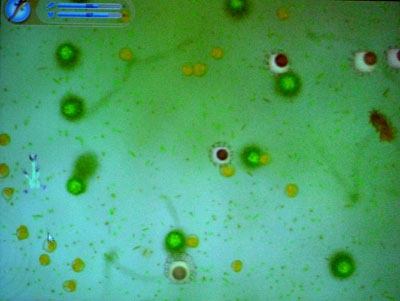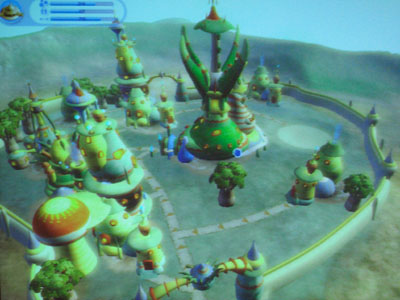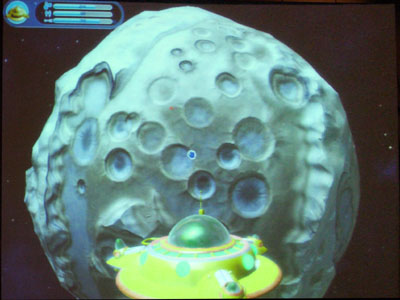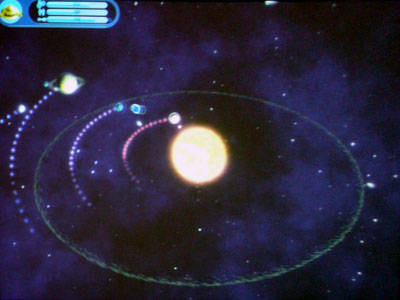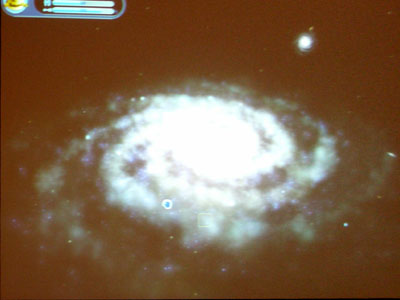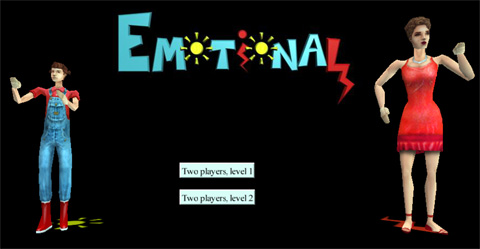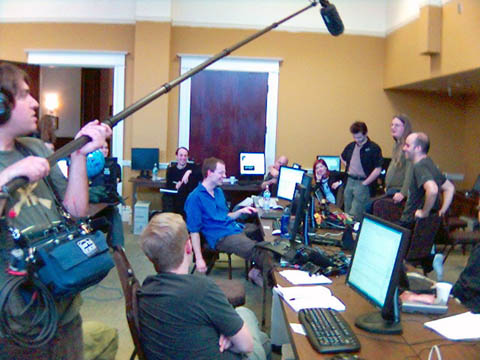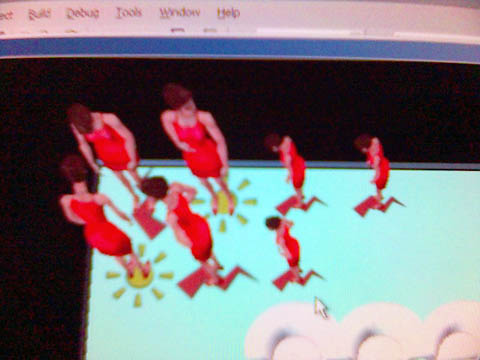(Inspired by Robin’s post.)
There is currently talk about shutting down the dormant Idrama mailing list. From recent postings, no small amount of frustration is shared between the participants on the list.
Chris Crawford, as ever, remains certain of victory sometime in the future.
I remain absolutely certain that interactive storytelling can and will be achieved. Many of the arguments I witness on the topic no longer excite my attention, as I have long answered most of those questions to my own satisfaction. First among these is the “plot versus interactivity” debate. I solved that problem 15 years ago, published the solution, and nobody seems to have noticed it. Fine. They’ll figure it out someday. There remain serious problems to be solved, but I no longer consider any of them to be killer problems. They are what physicists like to call “engineering details”.
Taking one step back, I think the basic issue with “interactive drama” or “interactive storytelling” is that as headers they need to be qualified. Here are a few options:
1) Is it “narrative” – the presentation of a sequence of events?
2) Is it “story” – a fixed sequence of events?
3) Is it a question of content – human interaction and such?
4) Is it the symbolic coherence and economy of narratives (if a gun hangs on the wall in act one, it must be fired by the final act)?
5) Is it creating believable AI characters?
And the academic version:
6) Is it redefining our terms so that the problem goes away?
It’s certainly hard to solve a problem until you know what the problem is … And since the overall heading of “interactive drama” does not refer to any specific problem, there isn’t going to be any specific solution.
(Btw, I think Facade is aiming at 3, 4, and 5.)
In the quote above, Crawford claims to have solved the “plot versus interactivity” problem 15 years ago. I think he is referring to this piece:
Is not West Side Story a rehash of Romeo and Juliet? Sure, the sequence of events is different, but isn’t it the same story? Think of how many stories have been told and retold a thousand different times, each time with different details of wording, while preserving the basic story.
What’s important are the interpersonal dynamics going on, not the actual events. The events serve to reveal those interpersonal dynamics, but they are windows on the story, not the substance of the story itself.
Our program must start with the interpersonal dynamic and generate events in response to the player’s actions. The precise sequence of events will be variable, but the underlying story will always be the same.
Crawford seems to be making two very different core claims:
A) The “heart” of any story is not tied to a specific setting but can be transferred between environments. While this is at least partially true, I am not sure it actually reflects on the overall problem, unless we want an “interactive story” where the user’s input consists of moving a core story between different settings (could be fun). It’s not unlike some of the improv theater I have seen, but is this what we were asking for?
B) A very different claim, that the heart (“meat”) of a story is not the actual events, but the interpersonal dynamics. From a user perspective, I am not sure how to make a clear distinction between events and interpersonal dynamics. This interestingly rules out centering a story around chance encounters and fate, and I do think there is a close relation between storytelling and a feeling of fate and inevitability (try implementing a Paul Auster story without it). If we are talking about implementing an interesting open world (3-4-5), sure, but is it still Romeo and Juliet if they never happen to meet (actual events)?
Not very convinced. Also not very convinced because as much respect I have for Crawford’s work and writings, it is not clear what problem he claims to have solved.

